ressource halieutique
Type of resources
Available actions
Topics
INSPIRE themes
Keywords
Contact for the resource
Provided by
Representation types
Update frequencies
status
Scale
-
Biologic data have been expressed in abundance (numbers or density values (nbr/km²)) and always required to be log-transformed using a log10(x+1) transformation.
-

Biological data have been expressed in abundance (number of individuals per 20 m3).
-

Three environmental parameters were measured in situ during the REISE2 survey in April 1995. Temperature and salinity were measured using a probe. Fluorescence (mean for the water column) was measured using a fluorometer. This survey gives illustration of spring conditions.
-
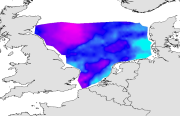
Temperature and salinity were measured, in situ at sea surface and at bottom during the IBTS surveys from 1980 to 2010 . Temperature and salinity were measured using CTD probe. The IBTS survey, which takes place each year in January, gives a good illustration of winter conditions.
-
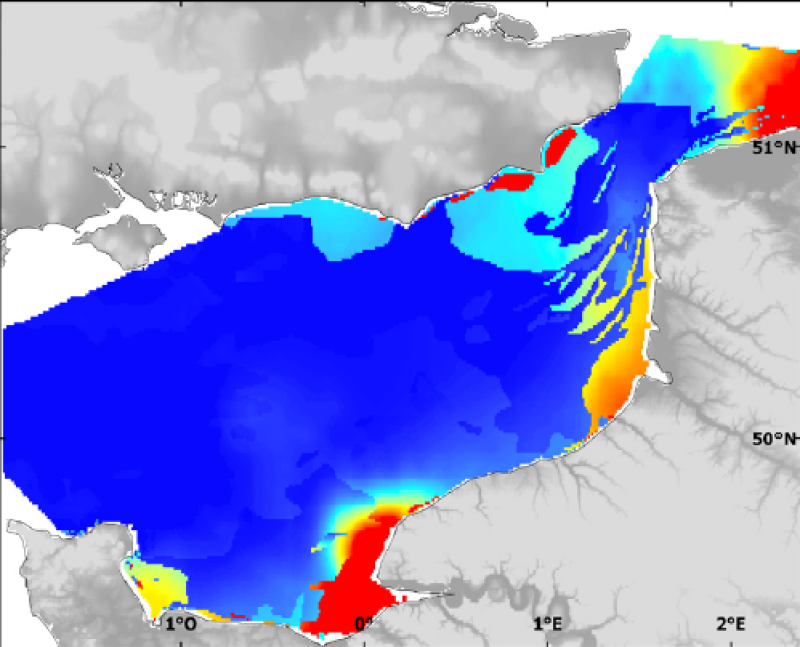
Modelised abundance of species or prediction uncertainty.
-
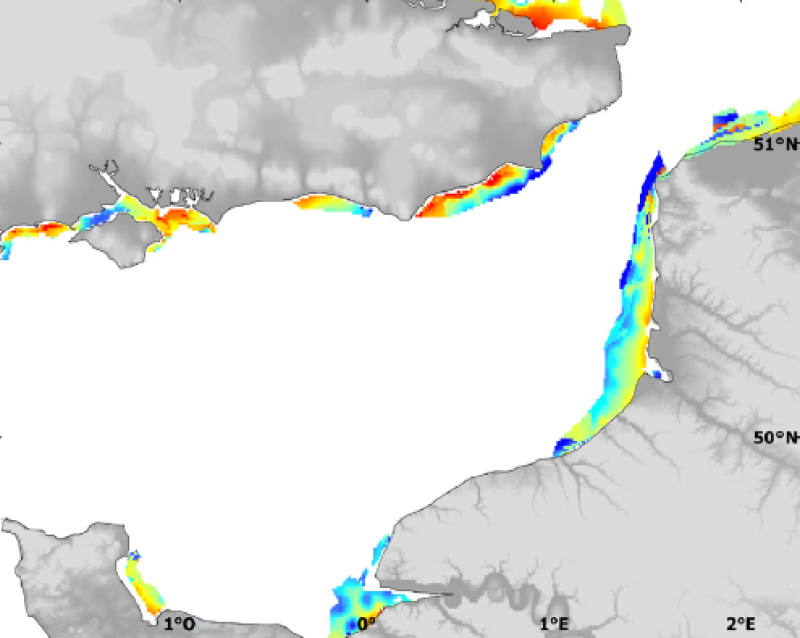
Modelised abundances of several species in coastal nurseries or prediction uncertainty.
-
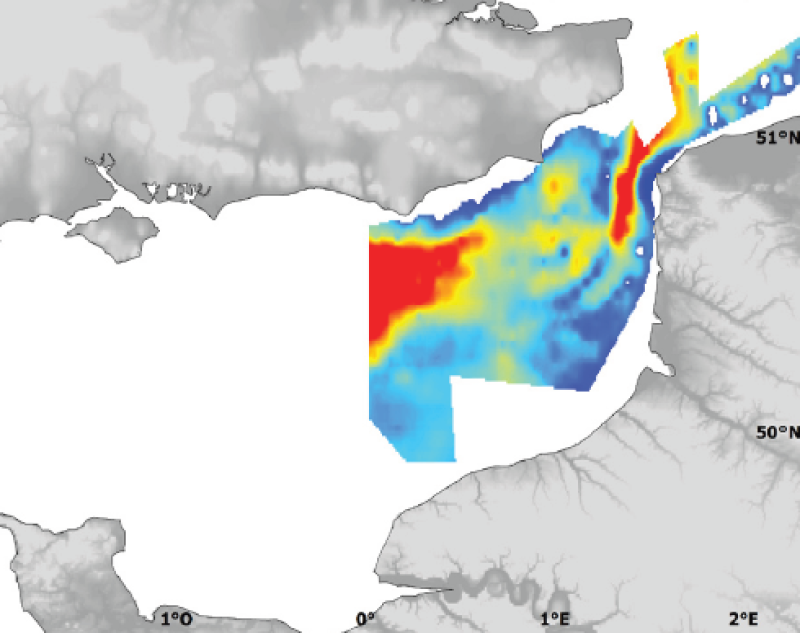
Modelised adundance of several species eggs or prediction uncertainty.
-
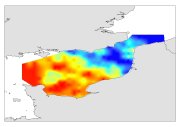
Biologic data have been expressed in abundance (numbers or density values (nbr/km²)) and always required to be log-transformed using a log10(x+1) transformation.
-
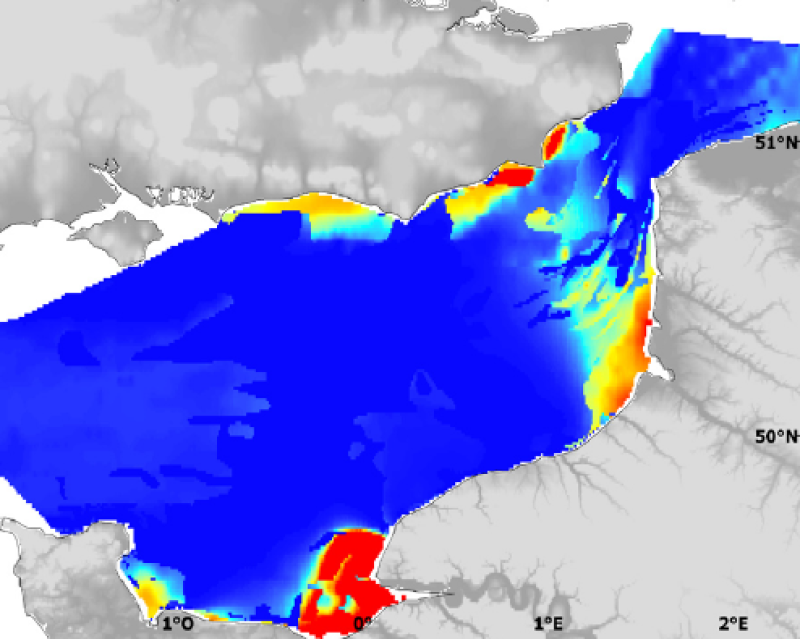
Modelised abundance of species or prediction uncertainty.
-
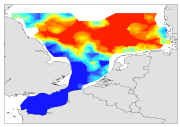
Abundances were recoded in term of presence-absence. Geostatistical interpolation : the spatial variation of biological data were analysed using GENSTAT (GENSTAT 7 Committee, 2004), which is a GENeral STATistics package including the main geostatistical tools. It computes experimentala variograms, fits these with various authorised mathematical models and uses them to calculate kriged estimates on a fine regular grid (of latitudes and longitudes). The grid of points was imported into ArcMap and interpolated with the Spatial Analyst extension in order to create a continuous raster of 1 km² resolution. The resulting maps illustrate the spatial distributions and the variations over time for biological data studied in CHARM's area. For legends of maps, approximates of the 5th and the 95th quantiles were used for the minimales and maximales values respectively.
 Mon GéoSource
Mon GéoSource